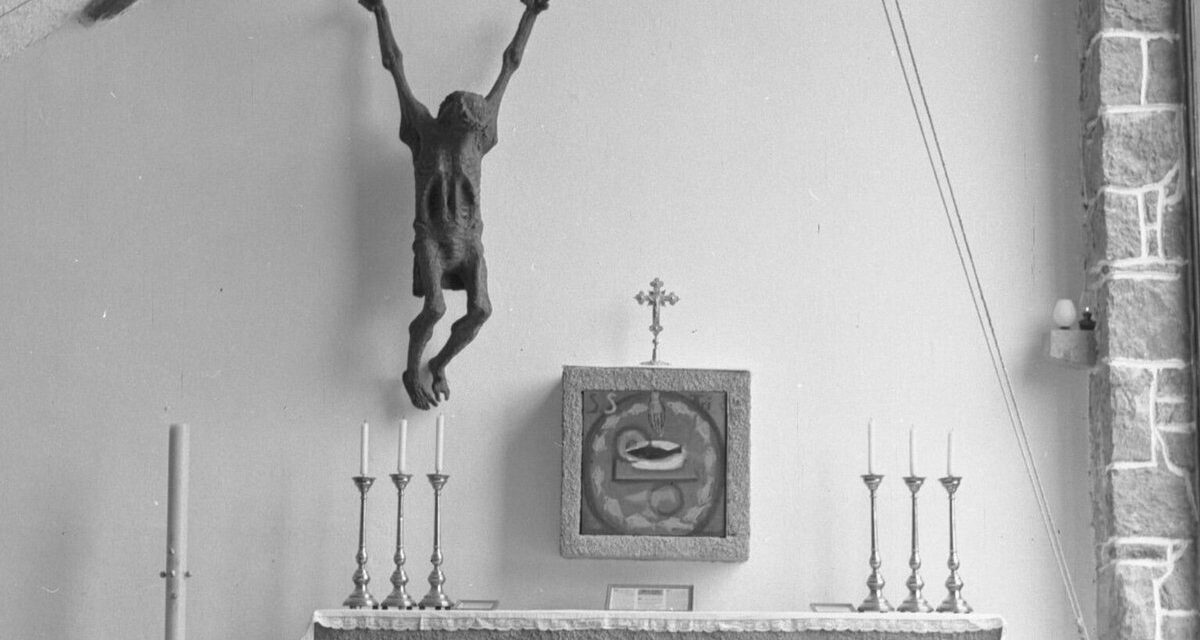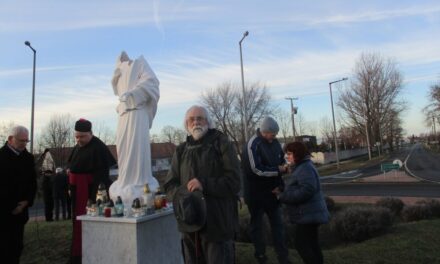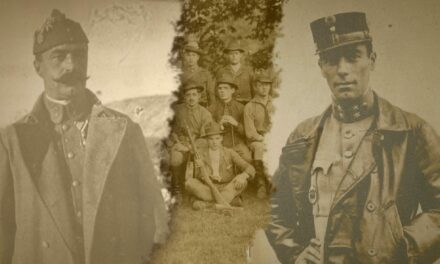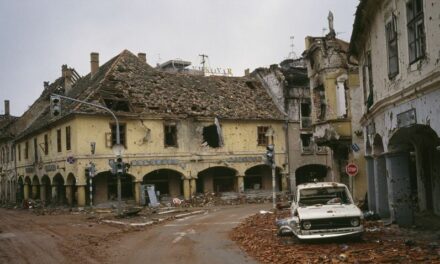One of the hidden masterpieces of 20th-century domestic architecture, the Roman Catholic church of Cserépváralja came into the spotlight last year when its renovation designed by Partizan Architecture won the Media Architecture Award. In addition to its architectural value, the church's fine art works also contribute to the importance of the church, but there are no longer funds from the state subsidy to restore them. The design architects therefore started collecting donations so that the public can see József Somogyi's corpus again in its original state.
The church in Cserepváralja is considered an extremely important work both in the oeuvre of the designer László Csaba and in the history of Hungarian architecture. The church was completed in 1961 with the active participation of the village community. This is the first truly modern church of the post-war period. In the 60 years that have passed since then, the state of the church has deteriorated significantly. Its renovation was carried out with the support of the Hungarian Government in 2023 - reminds Zoltán Major, the architect who signed the restoration together with Péter Müllner in the call.
In addition to its architectural values, its fine art works also contribute to the importance of the church. László Csaba involved two well-respected and widely recognized contemporary artists, Béla Kondor and József Somogyi, in the design of the altar space. Kondor created the tabernacle door, while Somogyi created the corpus.
The corpus is an early example of Somogyi's highly expressive depictions, which speak about the agony of self-sacrifice without the cross, just through the sight of the body. Since the parish did not have the money to cast it in bronze, Somogyi donated the model made of plaster to the church. The statue was attached to the wall with clips built into the back, the limbs thus extended freely into the air - the body thus seemed to float in front of the white plaster. However, the faithful received the works with distaste, the tabernacle door was repainted, and the corpus was moved to the forecourt of the church. Therefore, László Csaba traveled to Cserépváralja and removed the works in consultation with the parish priest at the time.
The architectural renovation and the openness of the locals and the heirs allow not only the church to be renewed faithfully to its original state, but also the tabernacle door and the corpus to be returned to their original place. The painting was previously restored by László Csaba at his own expense, the architect's heirs preserved it and initiated the restoration of the painting to its original location when the building was rehabilitated.
The statue was found in 2023 in a carpentry workshop, with the heirs. Its storage here saved it from destruction, but it was damaged and badly damaged in several places. Sculptor János Meszlényi, a student of Somogyi, made suggestions for identifying the damage and investigating restoration options. The faithful and the heirs would also be happy if, in addition to the tabernacle door, the corpus could also be returned to its original place, but this is not possible in its current state. The construction completely consumed the amount of the state subsidy, the local community's saved money was mainly spent on the production of the church's furniture. Therefore, the architects and contributors to the restoration are looking for help so that this unique work of József Somogyi can show its original shine and condition again.
donate on this page for another 129 days.
Source: epiteszforum.hu
Photo: József Somogyi's corpus. Source: Partizan Architecture/4fund.com













